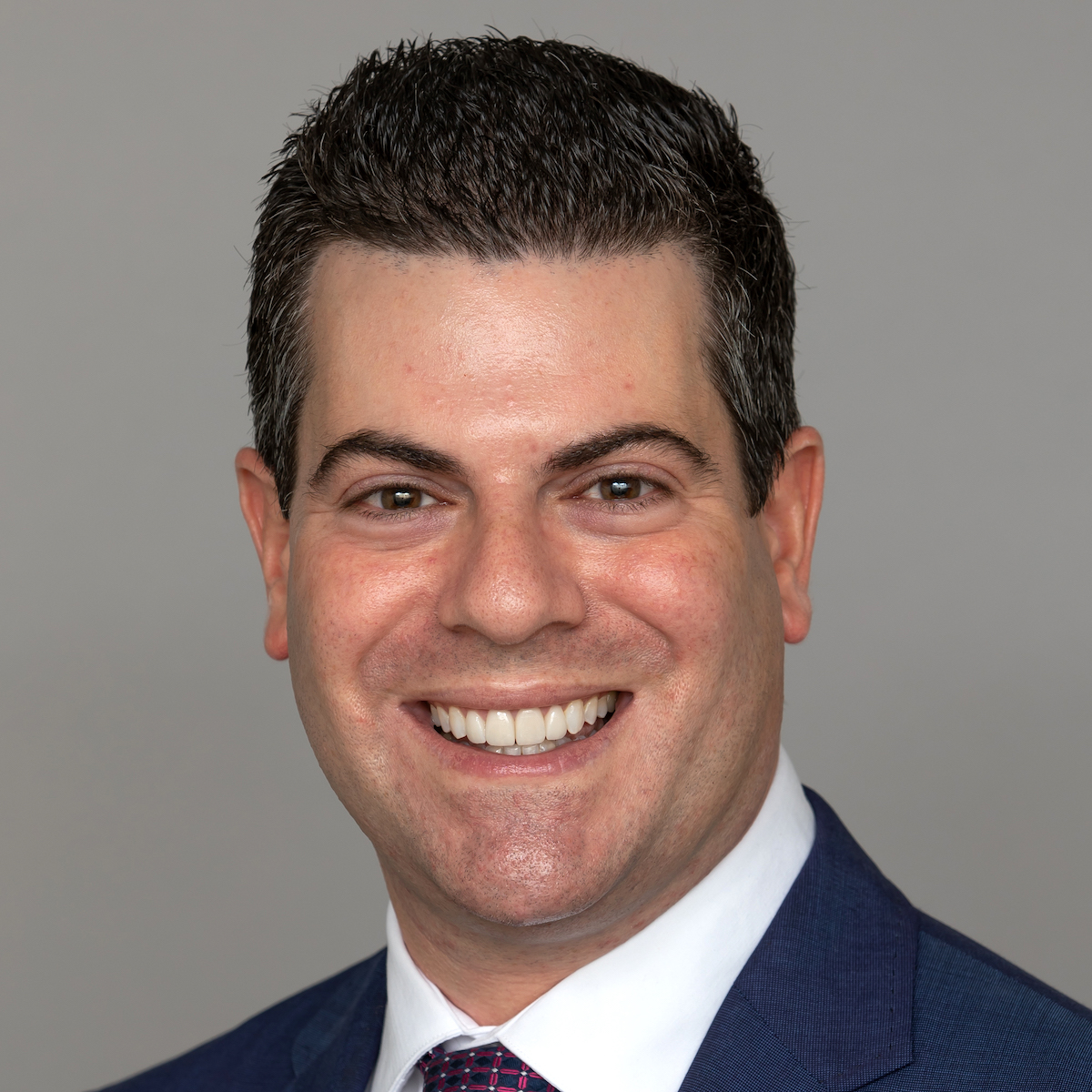College and university administrators and trustees in the United States and those who follow the industry closely know its many challenges. Changing demographics, shrinking enrollments, online competition in locales that were previously protected, the unfortunate impact of rankings, higher costs of regulation and staff benefits, reduced state support, a public that is losing faith in higher education’s value and power to enhance social mobility, undergraduate excess capacity, and much, much more.
Combine most or all the factors above, and many institutions find themselves in positions that become more precarious every year.
The industry collectively held its breath during the heart of the COVID-19 pandemic, buoyed by government relief and waiting to see what would happen next. Unfortunately, many colleges and universities found that they were not in a better position coming out of the pandemic and, in nearly all cases, those that were troubled before are even more troubled now. An industry with as many challenges as colleges and universities face today would have experienced waves of consolidations, mergers, and acquisitions. Yet what we observe are a much greater number of institutional closures than mergers.
Since 2012 there have been more college closures in the United States than in the previous 40 years combined, according to the Integrated Postsecondary Education Data System. Almost 600 schools have disappeared, the vast majority of them private institutions, a sector that lost an average of 100 institutions per year from 2015-2020. In contrast, the number of successful mergers, consolidations and acquisitions in higher education during that same period number in the low 20’s.
We believe it is safe to say that few, if any, members of a college or university community would willingly choose institutional closure over a merger. Who wants to be “that president” who closes the doors for good? Because nobody wins in a school’s closure. Not the students, the faculty, the alumni, or the leaders. Nor the community or debtors. And yet that is what is happening. Why is it that there are so many more closures than mergers?
Will things turnaround?

As we highlighted previously, the principal reason for this conundrum is that too many institutions wait far too long to begin exploring the opportunity of a partnership, a merger, or even an acquisition. There is great reluctance to even consider discussing the possibility and, of course, if you can’t even consider a possible solution, it certainly can never happen.
But why do college executives and, even more critically, governing boards ignore the many signs of institutional instability and fiscal trouble, and fail to predict the result of the trends they should be observing? Our experience indicates that it certainly is not that they are unconcerned or unaware. They are both.

However, having advised and worked with a number of institutions it seems that for many in higher education leadership the fear of radical organizational change dominates—and hope becomes the preferred plan. “Things will turn around, we just started a new marketing campaign, we launched a new nursing program, local businesses value the institution and will do more to help us going forward, we can get one or two big gifts to help to sustain us.”
These are but a few of the “hopes” we have heard. In their seminal book of 1980, Colleges and Corporate Change: Merger, Bankruptcy, and Closure, O’Neill and Barnett recount the remark of one trustee who stated “This college has been in financial difficulty for 125 years. How am I to know that god won’t provide and see it through yet another year?”
We are reminded that hope is the last thing that dies. Hope is a powerful tool, keeping us persevering onward, soldiering through difficult times. But hope is not a plan.
Mergers are so much more
Effective strategic and associated tactical planning start by first squarely facing the issues and challenges. Dispassionately and objectively, what does the forecast tell us? For the next three, five, and 10 years? Without magical thinking, Hail Marys, or McKenzie Scott gifts? An assessment is often best carried out in partnership with disinterested third parties. And once this is done, all possible options and opportunities must be entertained without bias or fear. Because considering an option—say, a merger—is not the same as actually executing one. And yet, we find that the most common cause of merger failure, is the failure to consider them at all.
More from DA: Monkeypox and COVID-19 are not concerns for college students, but these 4 issues are
Where is the good news here? Any silver linings? Absolutely, if institutions and their leaders are willing to face reality with real solutions. While closures have been on the rise, so have college and university mergers and consolidations. Deeper and more substantive than partnerships, shared services, affiliations and consortia, mergers and consolidations are the ultimate transformational tool. And it’s not just to keep doors open, employees employed, students enrolled, and legacies continued—mergers can and are so much more.
Ideally, mergers are the product of two institutions coming together that are both doing relatively well—both coming from positions of strength, although we also understand that many merger conversations will be driven by institutions that are struggling (we do not recommend the combination of two or more institutions that are both struggling). How else in this competitive marketplace can institutions potentially increase their budget, double their workforce, and add hundreds or thousands more students overnight? No amount of tinkering with academic programs or sharing information technology, purchasing, or human resources departments will create this much transformation this quickly.
Why do more leaders in the academy not consider such a transformational tool? Unfortunately, too many see these organizational restructurings as the option of last resort. Mostly they’re driven by the deep aversion in higher education to change and risk, where preservation of status quo, of legacy and history, and of current structure seem to matter more than finding options to continue the mission, student services, and heritage—albeit in a transformed manner.
Institutional restructuring—including acquisitions, mergers, and consolidations—are undoubtedly ‘big scary changes’. But for the sake of the faculty, staff, community, alumni and, most importantly, the students, leaders in higher education should be willing to explore all options. They must do so carefully, fully and in a timely manner, whether they’re looking to preserve mission and heritage, or ensure sustainability, or simply add new programs and offerings rapidly. Because hope is not a plan.
Brian Weinblatt is founder and principal of Higher Ed Consolidation Solutions, a full-service college and university merger consultancy. He has also held leadership positions in alumni and development at universities in Ohio and Florida.
Ricardo Azziz is a research professor in health policy, management, and behavior at the School of Public Health, University at Albany, SUNY; and a professor of obstetrics & gynecology, medicine, and healthcare organization & policy at the Schools of Medicine and Public Health, University of Alabama at Birmingham; and a principal of the Strategic Partnerships in Higher Education consulting group.

